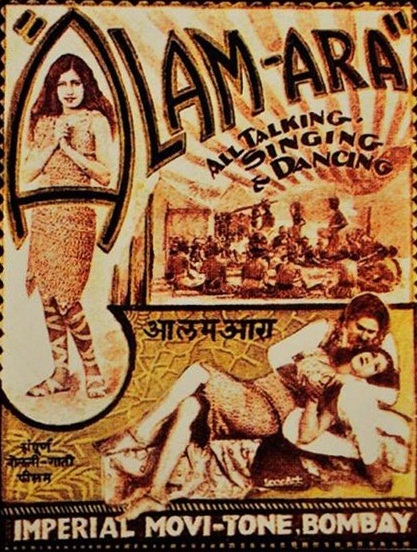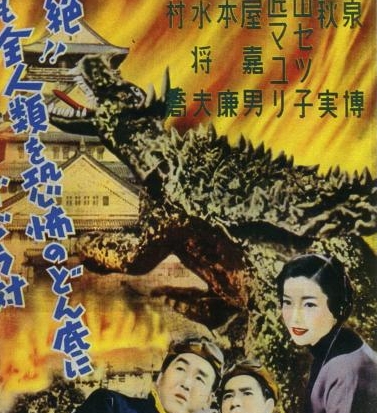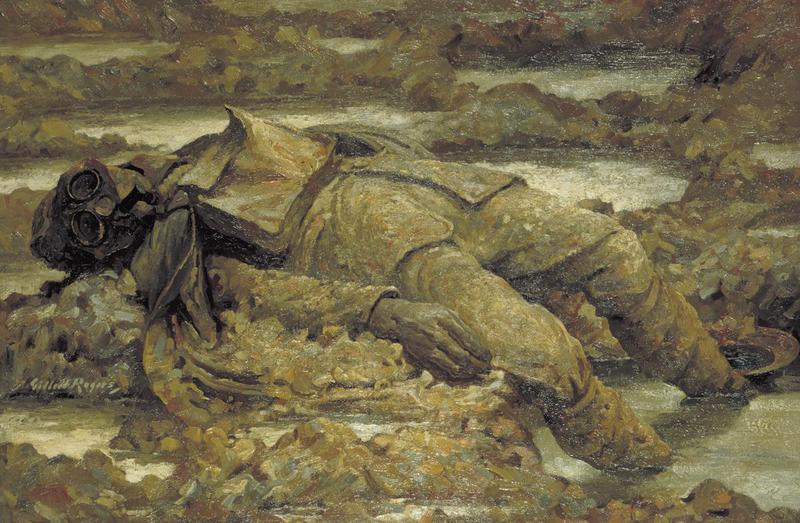by Akriti Sharma

The girl before me has straight black hair, a bob cut with fringes. Her skin is olive and her lips are thin. She is wearing black sunglasses and is motionless. She is seven years old.
“Mero naam Reyhan,” she says.
I look down, and blink, “Your name is Reyhan?” It is a boy’s name.
“Yes,” she says. She stands a bit straighter, maintains a poker face.
I turn to the caregiver in the room to re-confirm; maybe I had misheard. Before I open my mouth, she says, “Yes, her name is Reyhan.” I turn back to the girl, and tell her that I am pleased to meet her. We sit in a circle. There are nine children in the center with my four friends and myself around them. We are volunteers from the local high school.
The caregiver tells us we are to first help the children with their homework before getting to the other activities. Some of the children are older and don’t need help with homework. The younger ones begin playing games without even opening their books.
I am soon sitting with another young girl, trying to figure out fifth-grade science. I notice Reyhan is the only one sitting alone. She is in the corner, silently doing her work. I ask her if she’s okay.
“I’m fine,” she says.
“What are you doing?”
“I’m doing English.” It’s clear she doesn’t want to talk. I give her space.
The caregiver tells me that Reyhan was named Riya by her parents. Pronounced “Ree-yah” but with a dozen different spellings, it is a very common name for Nepali girls.
Reyhan is an uncommon name for Nepali boys. And it is never used for a girl.
The next week, the children are eating in the dining room. One by one, the room empties as the children finish and go to the common room to start their homework. All my friends have gone upstairs and I find myself alone in the dining room with her. Reyhan has finished eating, yet she’s sitting at the table alone. I ask if she wants to come up with me and she answers yes.
“I just have to wash this first,” she says. She navigates her way out onto the back porch where there is a low sink, kid-sized. She is washing her hands when I tell her to join the other children. “I will do your dishes,” I say. “It’s not a big deal.” I reach to take the plate off the sink but she snatches it from me.
“I said I will do it,” she says. “What makes you think I can’t do this myself?”
I apologize. She’s quiet again.
“Please wait for me,” she says.
***
When we join the other children upstairs, Reyhan opens her book to begin her homework; she surprises me by calling my name. “I need help with this,” she says, pointing to a page in her science book.
“Is it question 3?” someone from behind asks. “I don’t understand it either, how are we to answer this?”
I take the social science book from Reyhan’s table and look at it.
Q3. What is the National flower for Nepal? What are its colors and what does it symbolize?
I look up at Reyhan who is running her fingers over the words as she waits for my response. My throat has a lump. I don’t know how to handle the situation.
“Well, our national flower is the…” I begin.
“The laliguras, I know that,” Reyhan interrupts, referring to the Nepali term for rhododendrons. “But what are the colors?”
I glance at my friends, who look as dumbfounded as I feel.
“I heard they are rato,” a little boy from the other end of the room answers.
“Yes, he’s right, they are red,” answers another girl. “I read it in a book”
“Rato” Reyhan repeats, the Nepali word for red. “I can’t remember, what does rato look like, Akriti?”
I scramble for words I can’t find. The caregiver enters the room. “Red is the color of festivals,” she says, smiling pleasantly. “Now please stop getting distracted and finish your homework so you’ll have more time to play.” She turns to me and takes the book from my hands. “Do they really have that question in here?” she asks rhetorically. “What the hell were they thinking?”
That evening, after my friends and I say our goodbyes, we walk the fifteen minutes to the bus stop in silence.
***
I volunteer at the blind children’s rehabilitation center. The students there are independent with a passion for life. They teach me more than I teach them. Science and math and English can all be learned. I’ve read books with the same descriptions of the solar system in English and Nepali. And in braille. I’ve run my fingers over the same content in braille while these children sat doing their homework. Knowledge is available to anyone willing to learn.
I am lost as to how to describe this little girl. Once, when she was using her pointed stylus and slate to punch out letters in braille, I saw her prick her little fingers over and over, but she kept going. Persistence. When she fell in front of me, she refused to let me help her up. Independence.
Entering a room, she could recognize me by my voice, and even sense my silent presence there. I marveled at the resilience of her brain and spirit.
I could not begin to imagine what this child had endured. Reyhan was not born blind. In fact, she had become blind less than two years before.
One afternoon, after the children are done with their homework and after a long game of Telephone, Reyhan asks to touch my face.
As her steady hands cup my face, feeling my nose, my eyes, my forehead, and chin, she speaks: “I used to be able to see. Then I got cancer.” She smiles. “That’s why I wear these.” She gestures at the sunglasses she always wears.
“I’m forgetting what I look like,” she whispers, frustration in her voice. “How do I look?”
I tell her that she has straight black hair, fringes typical for a girl her age, and a little bob cut. That she has an olive hue to her complexion that gives her a nice glow, that she possesses a very nice smile, that she is a pretty young girl.
“I’m not a girl,” she said. A bit too loudly. “And I’m not pretty.”
Before I say anything, she gets up and storms off. I don’t see her for the rest of the afternoon. At home that night, I ask my father, an oncologist, what kind of cancer could turn a young child blind.
Retinoblastoma, he says, is a common cause of blindness in children under five, if not treated early. He explains it to me, but what I really want to know is how I had offended her, and I doubt my father’s copy of Bailey and Love’s Short Practice of Surgery has the answer to that.
***
The following days are routine; Reyhan never brings up the incident and neither do I. The months pass quickly and I am accepted into college. Soon it is time for us to say good-bye.
My friends and I decide that before we leave we will bring some toys and gifts for the children. They must have known we wo
uld do this, since later that evening, as we were walking out, they yelled, “Don’t forget us!”
It only struck me then, that these gifts—the hair clips, spinning tops, dolls, marbles—were to the children reminders of the many 16-year-old volunteers who come and go in their lives.
That afternoon, I buy a pack of hair clips for the seven girls in the group. One of them had said they liked the hairpin in my hair. I let them feel all of the clips and pick out the ones they want. Everyone but Reyhan has clips now and they begin braiding each other’s hair and giggling. I go to Reyhan.
“Would you like a clip?” I ask.
“No.”
“Are you sure?” I am tentative.
She shrugs and says okay and asks me to put one in her hair. Her fringes are growing and her hair has grown too. I put two into her hair.
“There, you look really nice now,” I smile, careful not to say something that might set her off.
“Really?”
“Yes, your hair looks really nice like this,” I say. “Maybe you should keep it long, Riya.” I slip. The second I say so, I know I’ve made a mistake. I watch her face contort as she gets up and runs out.
“DO NOT CALL ME THAT. I am NOT a girl, I don’t WANT to be one,” she yells. I don’t expect her to start crying.
I run after her. At her room there is no one. I knock on the bathroom door. No answer.
Outside, the balcony is deserted. I head downstairs, to the common room, when I hear sniffling. Sitting curled up in a ball on the staircase is Reyhan, tears streaming.
“I’m sorry,” I say.
She looks at me.
“I’m sorry,” I repeat. “I didn’t mean to offend you.” I sit on the stairs beside her. She stops crying. “I have an older brother and a mother,” she begins. “I love them very much and they love me. I have a father and I love him too, but I don’t know if he loves me.”
“My father always wanted sons,” she says. “But after my brother … I was born. And it was okay … until I got cancer.”
She’s quiet again and I hear her heavy breathing. The tears come once more.
“It was the first surgery, then the other,” she says. “Then I became blind, and I couldn’t do anything. I became a burden.”
Burden.
I became a burden.
This from a seven-year-old child. It shouldn’t shock me but it does; I have grown up in a country where children with disabilities are considered lucky if they are sent off to boarding schools. This is not always because families reject them. Most often it is because parents can’t afford them.
We sit on the dingy staircase and I try to console her, though my words are meaningless. I know nothing of how she feels, I know nothing of what she’s gone through. I cannot imagine what it must be like to have something that you take for granted snatched away from you. She is distracted now, reminding me she still is a child. Her parents and brother are to pick her up for the holidays in a week. She can’t wait to see her brother.
“I want you to meet him one day,” she says. “He’s my most favorite person on the planet.” I tell her that I will, one day.
That evening while we’re leaving the house, she stops me.
“Akriti,” she says. “I want to ask you a question.”
I smile, “Yes?”
“Will you forget me?” she asks, looking up at me. “Promise me you won’t forget me?” She holds out her hand to touch mine.
I hug her and tell her, no, I won’t forget you, ever.
0
0
1
32
188
WPI
1
1
219
14.0
Normal
0
false
false
false
EN-US
JA
X-NONE
/* Style Definitions */
table.MsoNormalTable
{mso-style-name:”Table Normal”;
mso-tstyle-rowband-size:0;
mso-tstyle-colband-size:0;
mso-style-noshow:yes;
mso-style-priority:99;
mso-style-parent:””;
mso-padding-alt:0in 5.4pt 0in 5.4pt;
mso-para-margin:0in;
mso-para-margin-bottom:.0001pt;
mso-pagination:widow-orphan;
font-size:12.0pt;
font-family:Cambria;
mso-ascii-font-family:Cambria;
mso-ascii-theme-font:minor-latin;
mso-hansi-font-family:Cambria;
mso-hansi-theme-font:minor-latin;}
0
0
1
32
188
WPI
1
1
219
14.0
Normal
0
false
false
false
EN-US
JA
X-NONE
/* Style Definitions */
table.MsoNormalTable
{mso-style-name:”Table Normal”;
mso-tstyle-rowband-size:0;
mso-tstyle-colband-size:0;
mso-style-noshow:yes;
mso-style-priority:99;
mso-style-parent:””;
mso-padding-alt:0in 5.4pt 0in 5.4pt;
mso-para-margin:0in;
mso-para-margin-bottom:.0001pt;
mso-pagination:widow-orphan;
font-size:12.0pt;
font-family:Cambria;
mso-ascii-font-family:Cambria;
mso-ascii-theme-font:minor-latin;
mso-hansi-font-family:Cambria;
mso-hansi-theme-font:minor-latin;}
Akriti Sharma is a senior at Clark University, Worcester, Massachusetts, majoring in Economics. She grew up in Kathmandu, Nepal, and has been volunteering many years. She loves books and dogs, and she greatly misses her two German Shepherds back home.




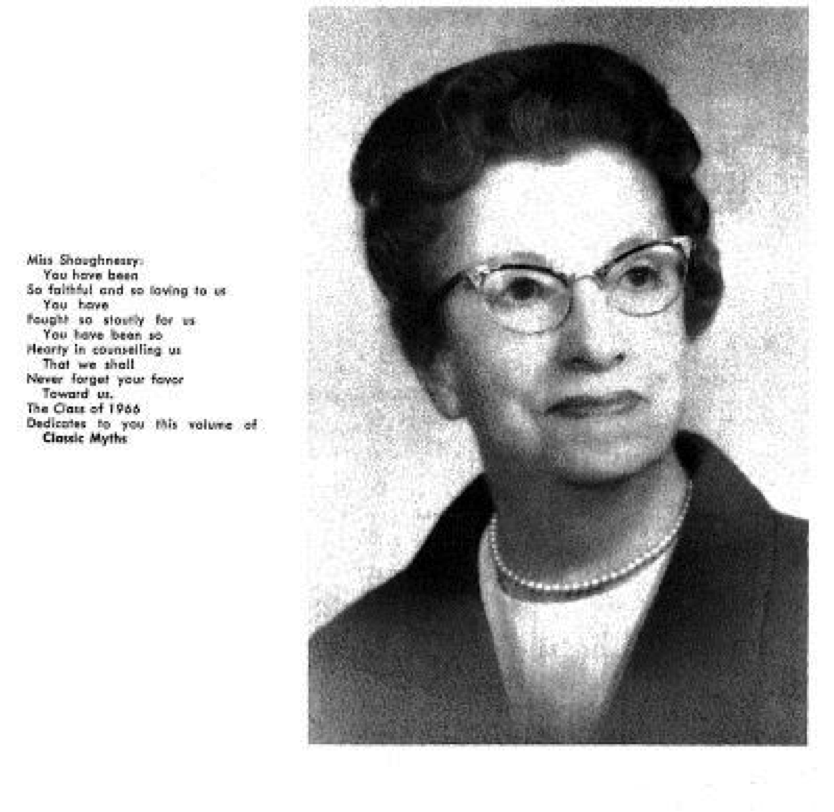
































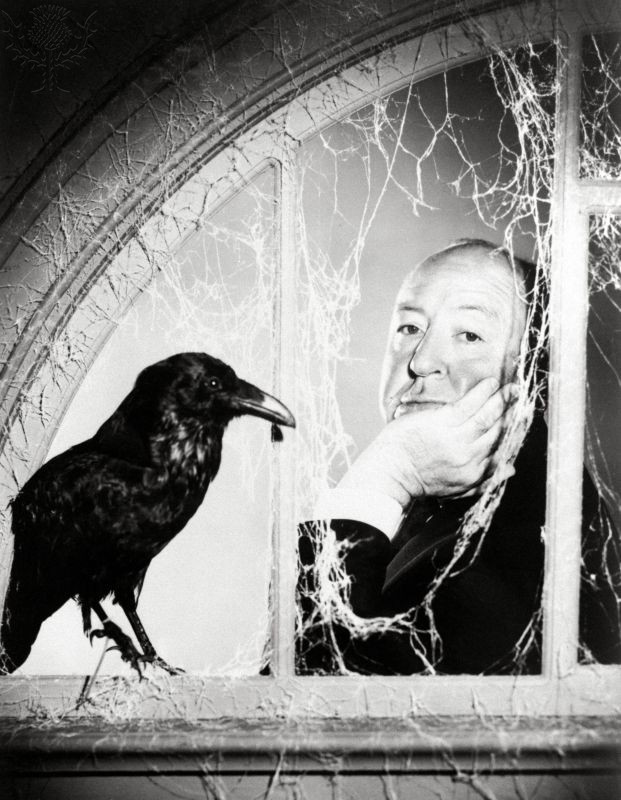
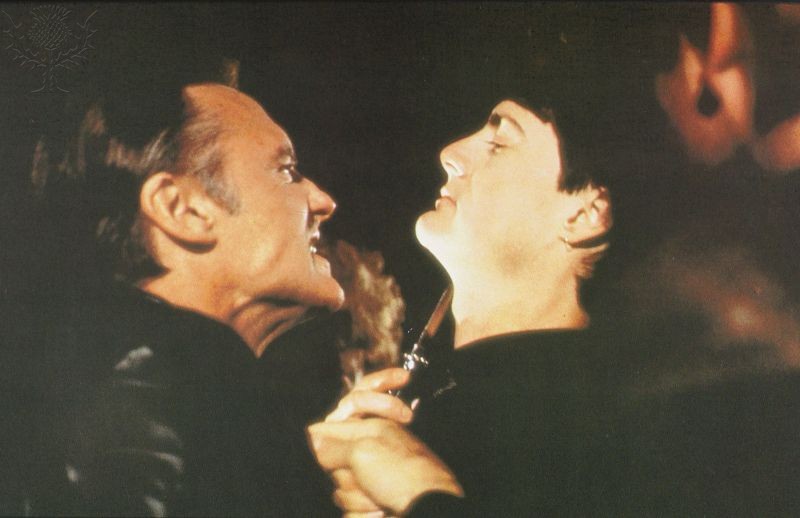









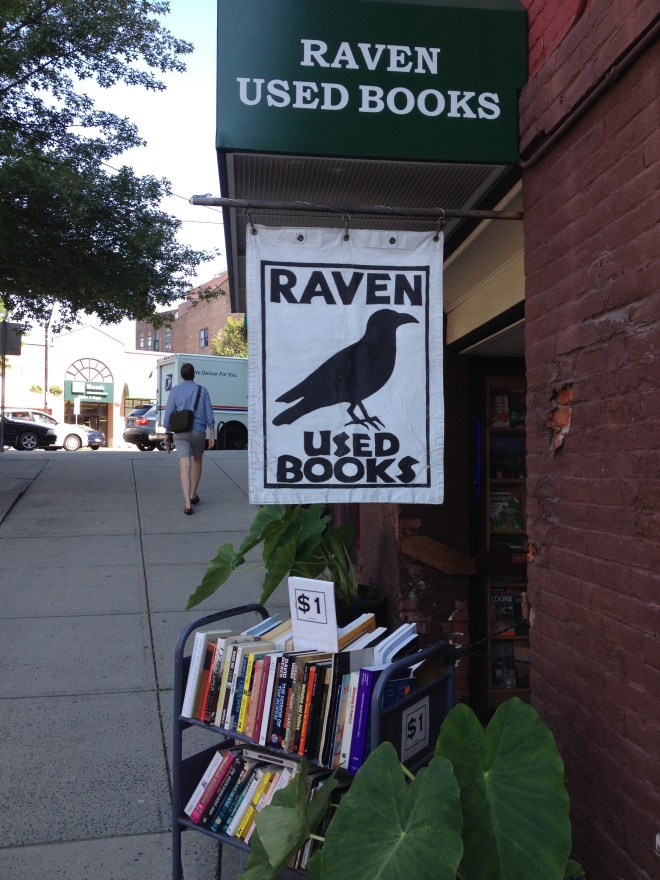






 Charles Dickens
Charles Dickens


















